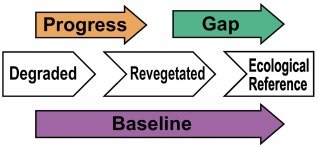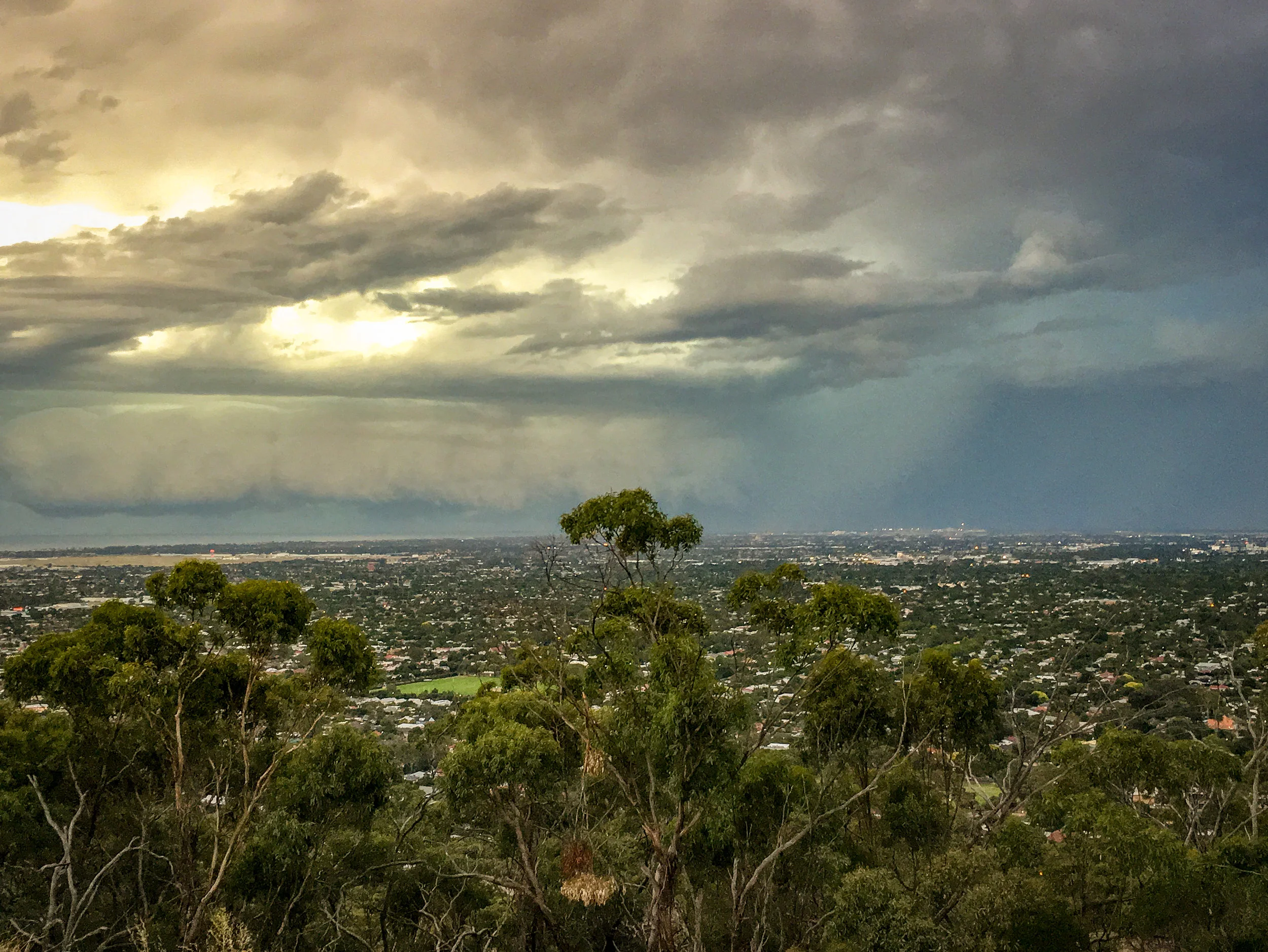Ecosystem restoration
There is more to ecosystem restoration than simply putting plants in the ground. Vital to ecosystem function and health is the composition and diversity of soil microbiota. This is due to the complex interactions between plants and this biota that we are only just beginning to understand. For example, some plants rely on fungi to assist with nutrient uptake, with the fungi receiving sugars in return. Habitat loss severs the links between above and below ground ecosystem functions, and restoration projects must address this to be successful in the long term.
We are developing innovative new uses of genomic data and statistical techniques to characterise, monitor and visualise soil microbiota in ways that were not possible just a few years ago. For example, amplicon sequencing combines DNA taxonomy and next generation sequencing to rapidly and accurately assess biodiversity.
This new technology allowed us to ask the question: “Are aboveground restoration actions having an impact on the belowground functional microbiota?”
We are pioneering this research, and in our work shows that the answer, repeatedly, is ‘yes’ - the more mature a restoration site is, the closer the soil microbiota is to the reference ecosystem. In fact, we can track the relationship between changes in microbial communities with the age of restoration sites, right up until they begin to match that of remnant vegetation. As well as essential to ecosystem function, these microbial communities are indicators of the health and stage of restoration projects.
We now have a very powerful tool at our fingertips. Through genomic approaches, we can rapidly assess and track changes in ecosystem function and monitor it throughout the various stages of restoration.
“Are aboveground restoration actions having an impact on the belowground functional microbiota?”
Case Study #1:
Global meta-analysis shows progress towards recovery of soil microbiota following revegetation
Carl Watson et al. 2022
Case Study #2:
Local and non-local soil microbiota impede germination of the endangered Acacia whibleyana
Riley Hodgson et al. 2023
Case Study #3:
Soil DNA chronosequence analysis shows bacterial community re-assembly following post-mining forest rehabilitation
Shawn Peddle et al. 2022




